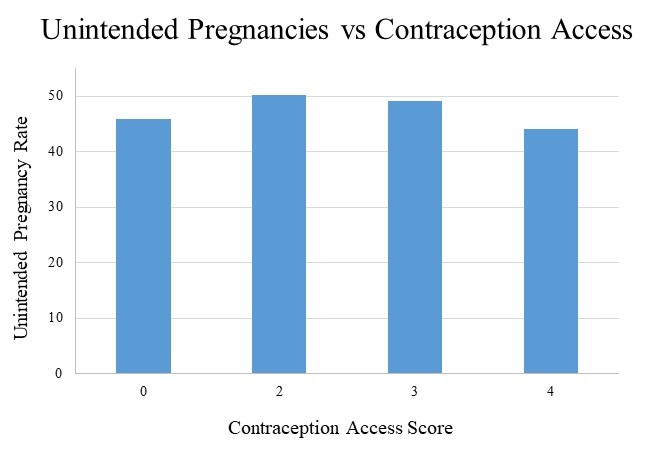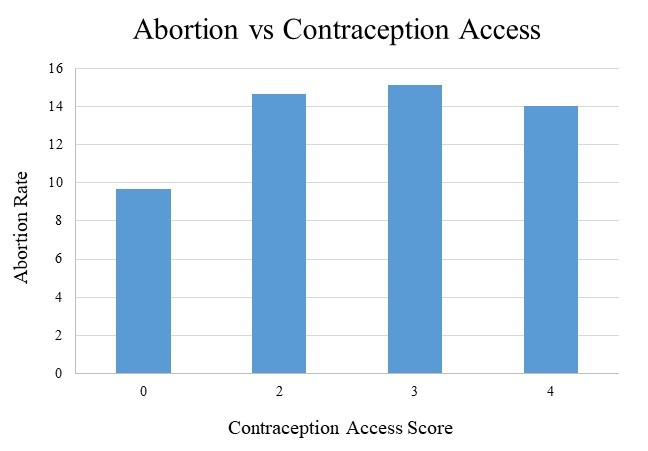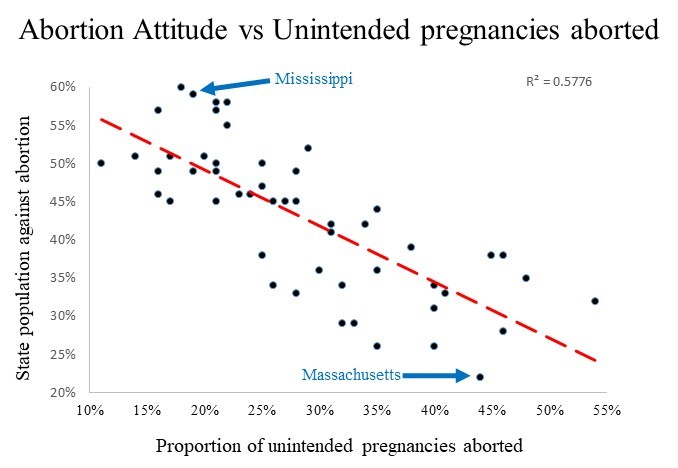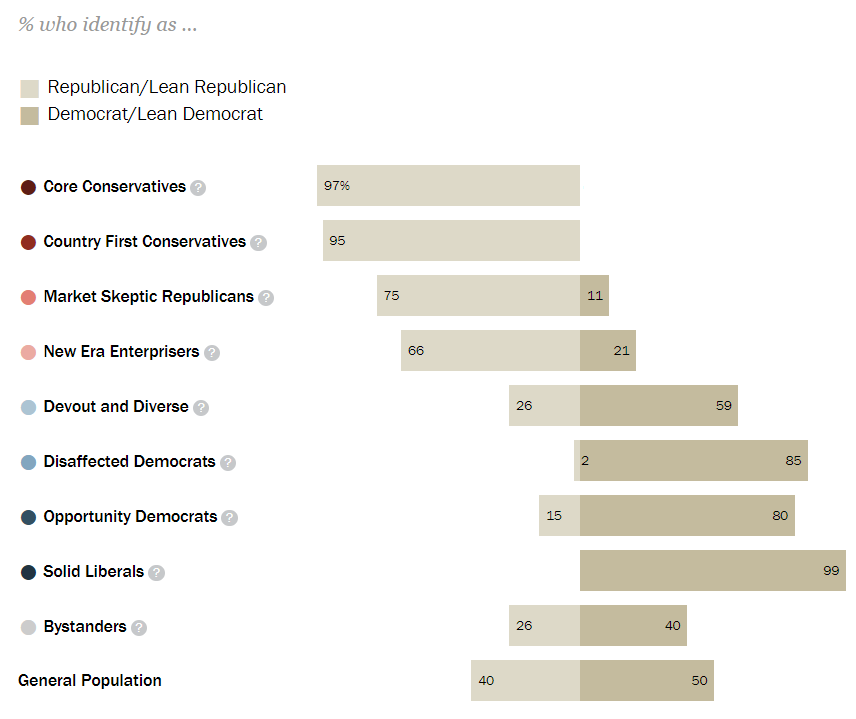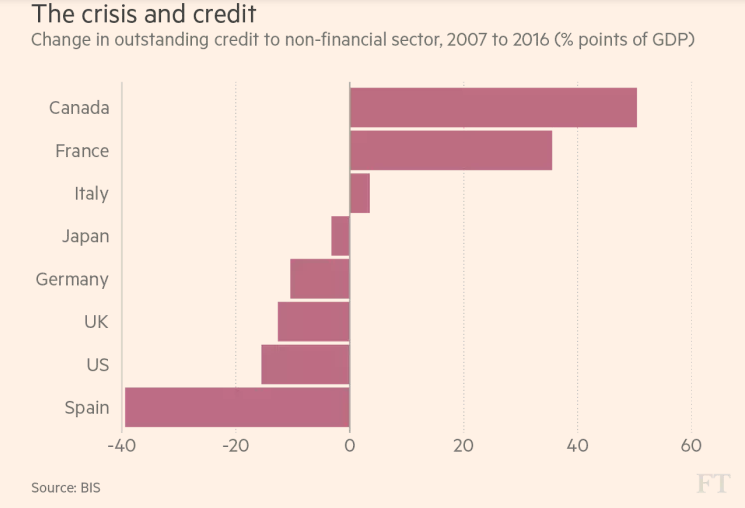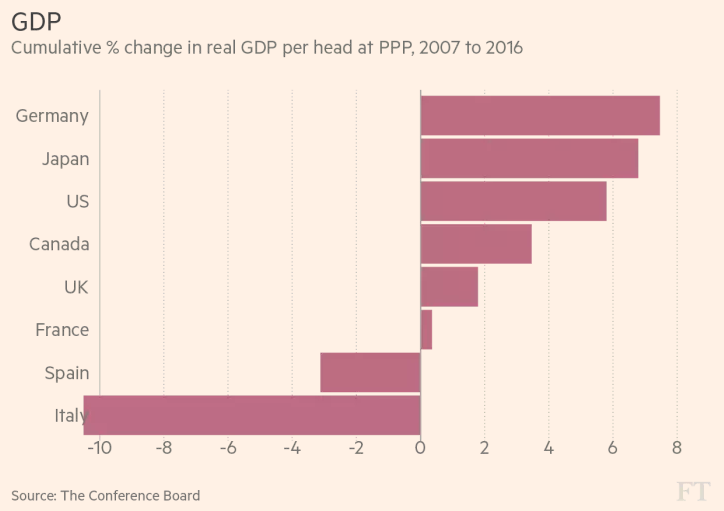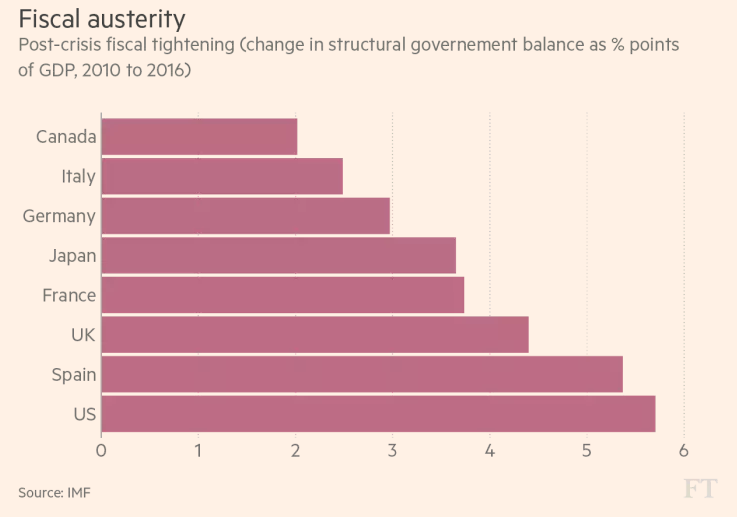Regarding the claim that political deliberation leads to positive results, philosopher Jason Brennan writes,
In a comprehensive survey of the empirical research on democratic deliberation, political scientist Tali Mendelberg (2002, 154) concludes that the “empirical evidence for the benefits that deliberative theorists expect” is “thin or non-existent”. Deliberation tends to undermine cooperation among groups (Mendelberg 2002, 156). When groups are of different sizes, deliberation tends to exacerbate conflict rather then mediate it (Mendelberg 2002 158). Status-seeking drives the discussion. Deliberators try to win positions of influence and power over others (Mendelberg 2002, 159). High-status individuals have more influence, regardless of whether the high status individuals actually know more (Mendelberg 2002, 165-7). During deliberation, people use language in biased and manipulative ways (Mendelberg 2002, 170-2). As Mendelberg concludes, “in most deliberations about public matters”, group discussion tends to “amplify” intellectual biases rather than “neutralize” them (Mendelberg 2002, 176, citing Kerr, MacCoun, and Kramer 1996).
…Mendelberg’s take on the empirical literature is not unusual. Other reviews of the extant political literature—including by people who favor deliberative democracy—find similar results (Landemore 2012, 118-19; Pincock, 2012). For instance, deliberation tends to move people toward more extreme versions of their ideologies rather than toward more moderate versions (Sunstein 2002). Deliberation over sensitive matters—such as pornography laws—often leads to “hysteria” and “emotionalism”, with parties to the debate feigning moral emergencies and booing and hissing at one another (Downs, 1989).
Relatedly, political scientist Diana Mutz’s (2006) empirical work shows that deliberation and participation do not come together. The people who are most active in politics tend to be Hooligans. Vulcans tend to stay home.
Mutz finds that being exposed to contrary points of view tends to lessen one’s enthusiasm for one’s own political views. Cross-cutting political exposure decreases the likelihood that a person will vote, reduces the number of political activities a person engages in, and makes people take longer to decide how to vote (Mutz 2006, 92, 110, 112-113). In contrast, active, participatory citizens tend not to engage in much deliberation and tend not to have much cross-cutting political discussion (Mutz 2006, 30). Instead, they seek out and interact only with others with whom they already agree. When asked why other people hold contrary points of view, participatory citizens tend to respond that others must be stupid or corrupt.
Many political theorists advocate provide more meaningful opportunities for political participation. Mutz, in effect, finds that the people most likely to take advantage of such opportunities are extremists and partisans (Mutz, 135-6).
Some might wonder, if deliberative democracy does not work, then what does? Unfortunately, the answer might be nothing.
While Mutz’s work finds that positive interpersonal interactions can increase political compromise, a new study suggests that online interactions do quite the opposite:
Social media sites like Facebook are often charged with increasing political polarization by establishing what are called “echo chambers,” places of discourse that prevent people from being exposed to things that contradict their beliefs. It is commonly believed that exposure to opposing opinions is a good thing, as it allows one to empathize with their interlocutors and see the merits of another point of view. A recent study published in the Proceedings for the National Academy of Sciences seems to imply the opposite though, increased exposure to opposing political views can actually increase one’s political polarization.
In the published study, the researchers first surveyed 2 large groups of Republicans and Democrats who were frequent Twitter users about a range of policy issues. Then they had each group follow Twitter bots that retweeted content from elected officials and public figures with opposing political views for one month. Afterward, the participants were surveyed again regarding their political opinions. What the researchers found was that Republicans who followed a liberal Twitter bot expressed substantially more conservative opinions than before. Alternatively, they found that Democrats following a conservative Twitter bot expressed slightly more liberal opinions, although not to a statistically significant degree.
Such a study highlights the important (and potentially negative) effects that social media can have on political discourse. It is commonly touted nugget of wisdom that exposure to opposing political beliefs can temper one’s own, causing them to fall closer to the center of the political spectrum. In actuality, sometimes exposure to opposing opinions can have a “backfire effect”—where exposure to foreign ideas actually makes one hold their own ideas more strongly and can push one further to the ends of the political spectrum.
…The results indicated that liberals who had followed a conservative bot showed a slight increase in liberal attitudes, but not to any statistically significant degree. On the contrary, Republicans who followed a liberal Twitter bot showed a substantial increase in conservative political opinions. Of the Republican respondents who fully completed the ending survey, the researchers measured an average increase in polarization of .60 points, around .59 standard deviations. Even when controlled for both age, and for initial extremeness of position, the results stayed the same; Republicans had a much more pronounced polarizing reaction to exposure to opposing political opinions. Thus, it seems that this “backfire effect” is more likely to be seen and be more pronounced in Republicans than Democrats.

That’s disappointing, if entirely predictable.







